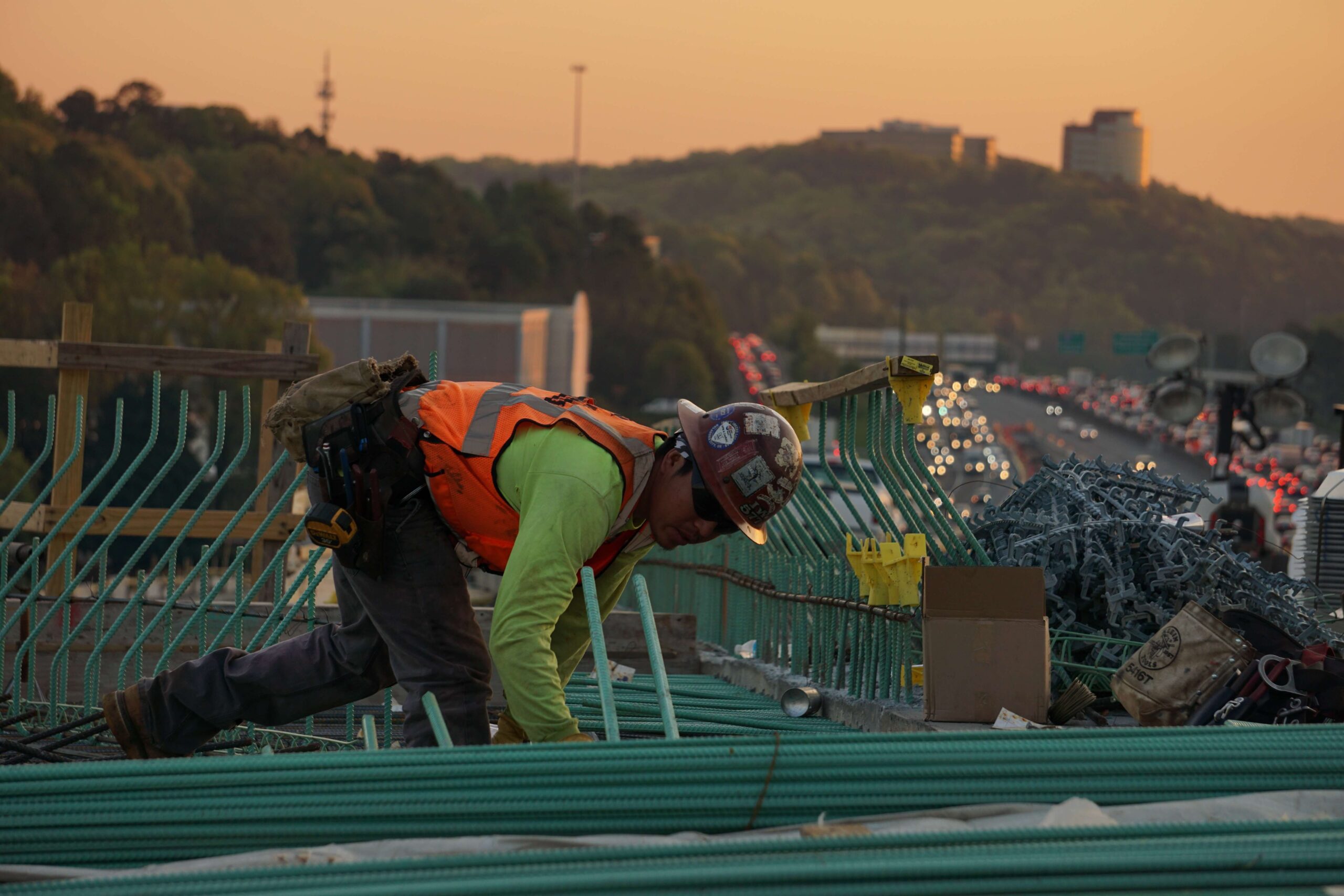From January through May 2023, 18,015 fires burned approximately 510,000 acres across the United States, according to the National Interagency Fire Center (NIFC). Wildfires on the west coast have become so prevalent that the safety and health regulatory agencies in California, Oregon, and Washington have promulgated regulations specific to hazards associated with wildfire smoke.
Quick Hits
- Smoke from Canadian wildfires blanketing parts of the United States and Canada has prompted several states and localities—as far south as Alabama—to issue air quality alerts.
- On June 9, 2023, OSHA issued a press release advising employers on the Canadian wildfires and pointing to the agency’s “comprehensive website” on wildfires.
- Employers in affected states may want to consider taking protective measures to ensure the safety and health of impacted employees in the face of the unprecedented wildfire smoke.
- The wildfire smoke showcases the value of implementing workplace protocols and procedures that account for potential wildfire smoke and other pollutants.
As of June 9, 2023, there are more than 460 wildfires burning in Canada, with more than 130 in Québec province, according to the U.S. Department of Commerce’s National Oceanic and Atmospheric Administration (NOAA). In response to the fires, OSHA issued a news release on June 9, 2023, urging “employers to have a plan to protect outdoor workers from hazards associated with poor air quality.”
The “unprecedented” coast-to-coast wildfires in Canada have created severe air quality concerns throughout the east coast. On June 7, the air quality in Brooklyn, New York, reached 413 instead of its average rating of 50 on the Air Quality Index (AQI), a scale developed by the U.S. Environmental Protection Agency (EPA) to measure pollution. The AQI operates on a scale of 0-500, with 0-50 being “Good” and 301-500 being “Hazardous.” On June 8, 2023, the dense haze of smoke in New York resulting from the Canadian wildfires caused New York City to register high levels of air pollution. Other locations across the Northeast, including Connecticut, New Jersey, and Vermont, have issued air quality alerts amongst a slew of canceled outdoor activities due to the wildfires’ continued surge.
The Canadian wildfires have also brought concerns about air quality hazards westward. Near surface smoke also is enveloping states from the Midwest, into the Gulf Coast states and the Atlantic seaboard. Smoke from the Canadian wildfires has contributed to air quality alerts in three major metropolitan areas in Alabama, as well as cities in Georgia and Tennessee.
While three West Coast states have safety and health standards in place, the federal Occupational Safety and Health Administration (OSHA) and states operating under OSHA-approved plans do not. A lack of specific standards will not prevent these agencies from acting. OSHA can elect to proceed under the General Duty Clause of the Occupational Safety and Health Act: “Each employer shall furnish to each of his employees employment and a place of employment which are free from recognized hazards that are causing or are likely to cause death or serious physical harm to his employees.” Even prior to the heat-related hazards national emphasis program, which OSHA launched in April 2022, the agency issued citations for heat-related hazards under the General Duty Clause.
Regardless of what OSHA and state agencies may or may not do in response to the current atmospheric conditions, employers in affected states may want to consider the protective measures they can take to ensure the safety and health of impacted employees in the face of unprecedented wildfire smoke. While air quality is beginning to improve in the northeast, and is anticipated to continue improving throughout the nation, this occurrence—albeit a hopeful one-off—showcases the value of implementing workplace protocols and procedures that account for potential wildfire smoke and other pollutants for all employers. Taking pages out of west coast regulatory playbooks is a good place to start.
Immediate measures can include:
- conducting a risk assessment to identify hazards and potential harms, including an assessment of the AQI in locations where employees are working;
- temporarily relocating employees to indoor areas or vehicles with adequate air filtration;
- increasing the frequency and/or duration of rest breaks;
- using portable air purifiers with high-efficiency particulate absorbing (HEPA) filters or similar filters in enclosed work areas;
- changing work schedules, reducing work intensity, or providing additional rest periods;
- for outdoor work, providing personal protective equipment such as masks and tight-fitting protective eye gear (to provide a barrier to streaming smoky air);
- provide first aid measures such as artificial tears and cold compresses;
- educating employees on the symptoms of smoke inhalation and advising immediately supervisory employees of such symptoms;
- implementing an emergency system for communicating wildfire smoke hazards in a form readily understandable by all affected employees; and
- informing employees of any administrative policies permitting workplace accommodations for health concerns and complications relating to air pollutants.
Employers may also want to consider developing a standing air quality safety and health plan. Wildfire smoke is not the only cause of air quality hazards. In the Southeast, near ground ozone levels, other airborne particulates and heat can create unhealthy air quality prompting public health advisories and warnings. These air quality conditions are ripe for OSHA’s examination of employers’ safety measures under the General Duty Clause. Action now as opposed to reaction later may serve as a good addition to any safety program.
Ogletree Deakins’ Workplace Safety and Health Practice Group will continue to monitor developments and will publish updates on the Workplace Safety and Health blog as additional information becomes available.
For more information on workplace safety and health hazards related to wildfire smoke, air quality, and heat exposure, as well as the regulatory compliance concerns at both the federal and state levels, please join us for our upcoming webinar, “Wildfire Smoke and Heat Illness Prevention: A Timely Workplace Safety and Health Update,” which will take place on Thursday, June 15, 2023, from 2:00 p.m. to 3:00 p.m. EDT. The speakers, Wayne E. Pinkstone and Phillip B. Russell, will discuss the central issues. Register here.
Follow and Subscribe
LinkedIn | Twitter | Webinars | Podcasts





